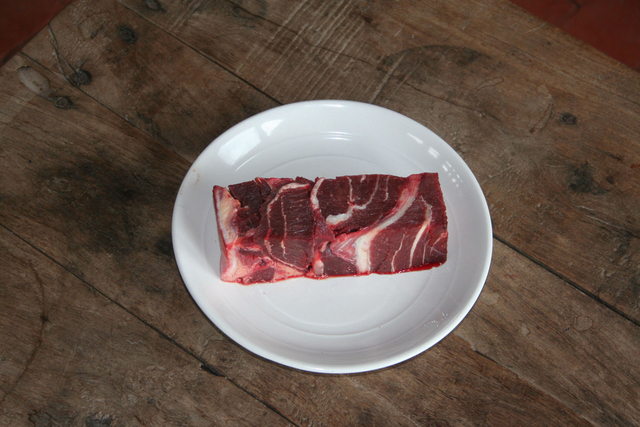An Offal Story: On Beef Cheeks And Barbacoa
Cow Cheeks And Barbacoa


Latest Article|September 3, 2020|Free
::Making Grown Men Cry Since 1992


